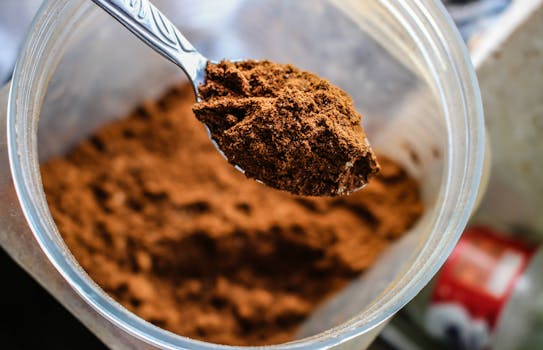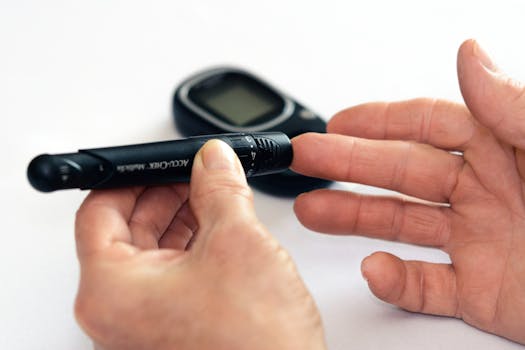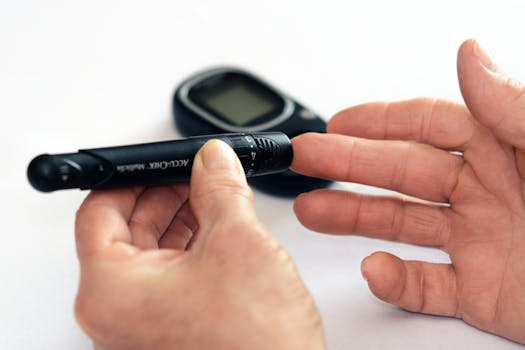Many people with blood sugar concerns consider specialized nutritional shakes and drinks as part of their plan. In this article we explain how a boost glucose control high protein option works, when it may be appropriate, and sensible alternatives so you can decide if a high‑protein glucose-focused product fits your needs.
What a high-protein glucose support drink is
High-protein, lower-carbohydrate shakes marketed for glycemic management typically combine whey or milk protein with fiber and a reduced sugar profile to blunt post-meal glucose spikes. Manufacturers often label these products as a boost glucose control drink or sugar control max to signal their intended purpose. Some lines such as boost max and boost max protein aim at higher calorie and protein targets for people who need extra energy or muscle maintenance.
Key features to look for
- Protein content per serving (often 10–20 g or more for high-protein formulations)
- Lower available carbohydrate and added sugar compared with standard meal replacements
- Added fiber and vitamins/minerals to support overall nutrition
- Clear labeling so you know whether it’s meant to be a snack, meal replacement, or medical nutrition
When to consider using a product like this
These drinks can be useful in several situations: when weight loss is being pursued under medical guidance, when appetite or oral intake is low, during periods of increased protein need (for recovery or aging), or when a person wants a convenient option that may produce smaller postprandial glucose rises than a sugary snack. If you’re exploring commercial options, ask whether the product is positioned as a boost diabetic drink or boost for diabetics — that can indicate formulation and intended audience—but always review the nutrition facts.
Clinical and practical considerations
If you have type 2 diabetes or prediabetes, discuss any change to your nutrition strategy with your healthcare team. For some people, structured programs such as low-calorie meal plans or specialist approaches can produce meaningful improvements; for context on an intensive dietary approach that combines soups and shakes, see the NHS soup and shake diet approach to reversing type 2 diabetes as an example of a medical program that should be supervised: NHS soup and shake diet: a new approach to reversing type 2 diabetes. You can also review general healthy eating guidance for people with diabetes from public health authorities to ensure choices fit long-term goals (CDC guidance on healthy eating for people with diabetes).
How to choose between products and alternatives
Not every product labeled as helping blood sugar is the same. Compare ingredient lists and nutrition facts to choose the best match for your needs. Ask whether the formulation is a boost glucose control high protein option or a general meal replacement, and consider the intended use (short-term support vs daily meal replacement). If you’re comparing specific branded lines, look into whether they offer a boost glucose control drink variant or a higher-calorie boost max protein option depending on your energy needs.
Non-commercial alternatives
- Whole-food high-protein meals: eggs, Greek yogurt, legumes, and lean meats paired with fiber-rich vegetables
- Balanced snacks: apple slices with nut butter or hummus with raw veggies to combine protein, fiber, and low glycemic carbs
- Home-made smoothies: a measured scoop of protein powder, a handful of greens, and low-sugar fruit can mimic many commercial formulations without additives
Safety and realistic expectations
Using a packaged product labeled as a boost diabetic drink or boost for diabetics does not replace comprehensive diabetes care. Think of these products as one tool in a broader plan that includes physical activity, medication management if needed, and routine monitoring. If you’re wondering aloud “is boost drink good for diabetics” or “is boost good for diabetics,” the short answer is that some formulations can be appropriate for certain people but should be evaluated against individual goals and medical advice.
Practical tips
- Read serving sizes carefully—calorie and carbohydrate amounts matter.
- Use products as part of an overall meal plan rather than as a daily fix for poor dietary patterns.
- Watch for products marketed with vague claims; look for transparent nutrition information.
Brief FAQ
Q: Is boost drink good for diabetics?
A: Some specialized formulations can help when used appropriately, but suitability depends on individual nutritional needs, medications, and glycemic targets. Discuss with your healthcare provider before making them a regular substitute.
Q: Is boost drink good for diabetics who need high protein?
A: If you need more protein, options like boost max protein provide higher protein and calories; however, balance with carbohydrate content and overall diet is essential to avoid unexpected glucose rises.
Q: What about “sugar control max” or similar products?
A: Terms like sugar control max indicate a product focus on reduced sugars, but always check the full label and use them as part of a broader, clinician‑guided plan rather than relying on branding alone.






